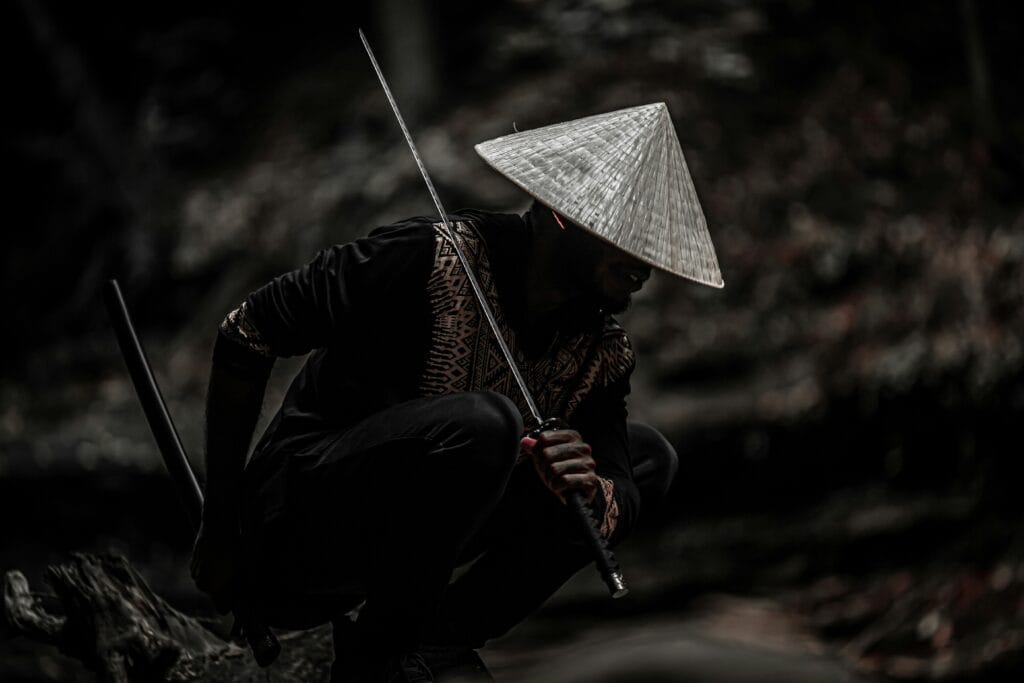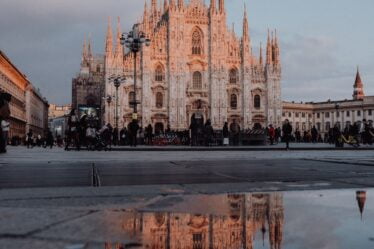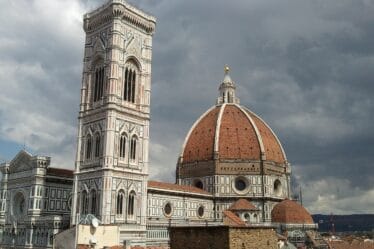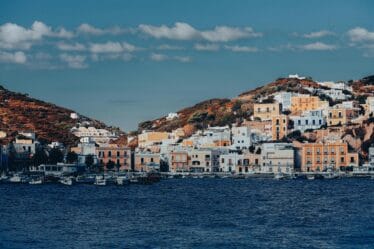

Origins & Purpose
More on the Tenshō Embassy,conceived by the Italian Jesuit Alessandro Valignano and backed by Christian daimyōs Ōmura Sumitada, Ōtomo Sōrin, and Arima Harunobu, the mission aimed to showcase Japan—a Christianized and sophisticated land—and secure European support for Jesuit efforts in Japan Wikipediastudylib.netWikipedia. It also sought to inspire Europeans to interest in Japan and instill admiration among Japanese youths for European culture on their return studylib.netJSTOR Daily.
The Delegates
On February 20, 1582, four teenage Christians set out from Nagasaki:
- Mancio Itō, the official spokesman,
- Miguel Chijiwa,
- Julião Nakaura,
- Martinho Hara,
accompanied by Diogo de Mesquita (interpreter and tutor) and initially guided by Valignano Wikipediastudylib.netEverything Explained TodayWikipedia.
Grand Tour Across Continents
They journeyed through Macau, Cochin, Goa, and reached Lisbon on August 10, 1584 WikipediaEverything Explained Today. The subsequent itinerary included audience with Philip II of Spain, visits to El Escorial, Toledo, and more, followed by arrival in Livorno on March 1, 1585, then Pisa (March 2), Florence (March 7), and finally Rome. There, on March 23, they were received with great ceremony by Pope Gregory XIII and later honored by Pope Sixtus V with knighthood in the Order of the Golden Spur WikipediaEverything Explained Today.
The Return & Legacy
After passing through Italian cities like Venice, Milan, Genoa, and revisiting Iberia, they returned to Japan on July 21, 1590 WikipediaEverything Explained Today. Their travel journals inspired the Latin work De Missione Legatorum Iaponensium ad Romanam Curiam, written by Duarte de Sande Wikipedia.
Their Later Lives
Upon return, all four joined the Jesuits. Mancio died in Nagasaki (1612), Martinho was expelled and died in Macau (1639), and Julião was martyred in 1633—and later beatified. Miguel Chijiwa was believed to have renounced the faith, although a rosary found in his grave has reignited debate about his apostasy manresa-sj.orgWikipedia.
Reflections & Cultural Impact
More on the Tenshō Embassy, Valignano hoped their European exposure would shift Japanese perspectives and strengthen missionary credibility. Indeed, their visit sparked immense curiosity and admiration across Europe; scholars note that for many Europeans, those four youths put Japan on the map JSTOR Daily.
Additional Resources
- Book: The Japanese Mission to Europe, 1582–1590 by Michael Cooper (a detailed account) JSTOR Daily
- Italian scholarship: Lectures such as “Italy 1585: Four Samurai and their Gifts” at Florence’s Villa I Tatti discuss the material and cultural exchanges that followed itatti.harvard.edu



